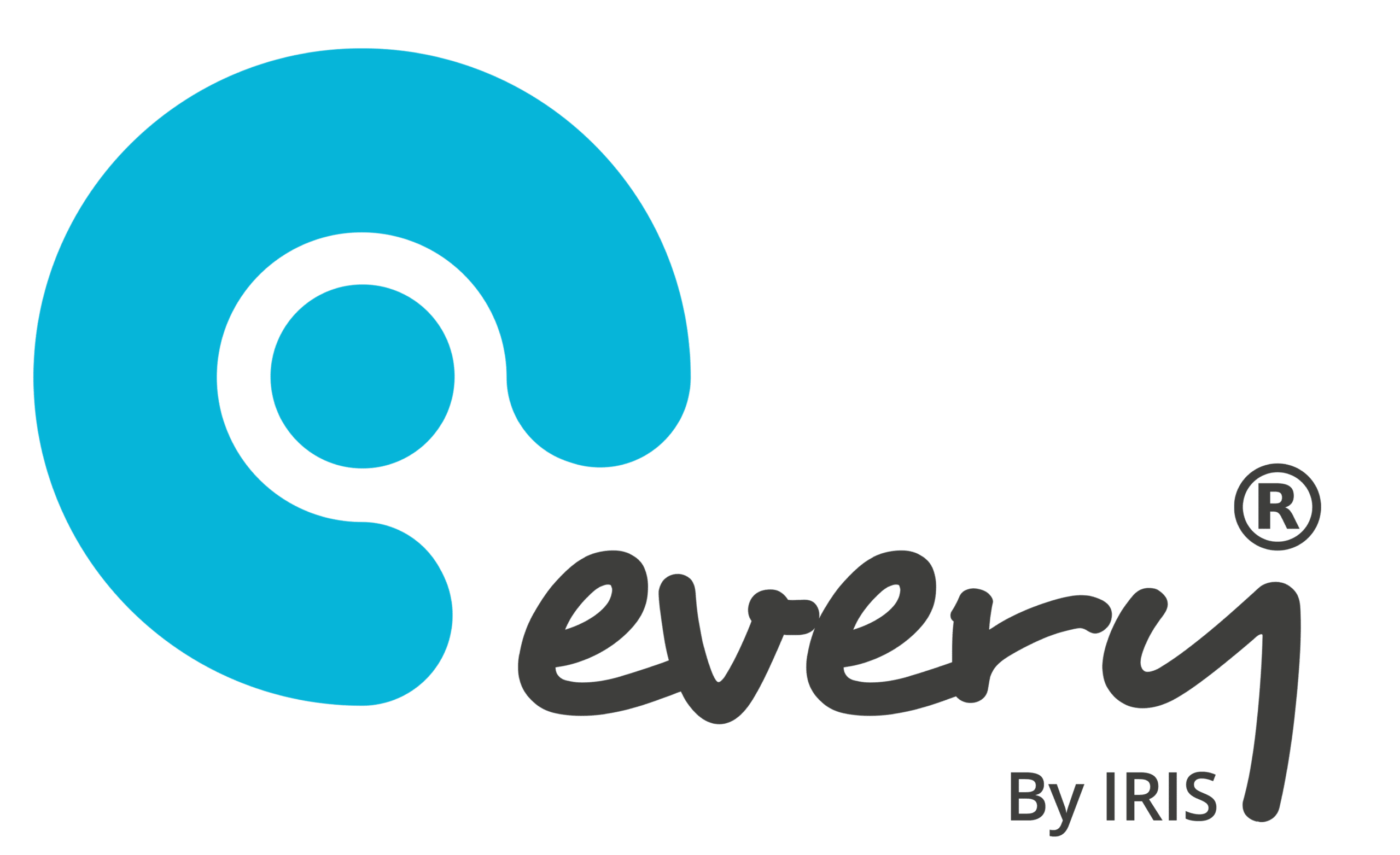Welcome to part two of our mini-series on the DfE’s ‘Good estate management for schools’ (GEMS) guidance. We’re continuing the round-up of a recent webinar our Every Compliance By IRIS Specialist, Ben Tummons, recently ran on best practice for using GEMS to support the overall estate vision.
Read on to boost your understanding of how your risk management activities contribute towards the overall vision for your school estate. Find out:
- How to use insights from your risk-based tool to inform your estate strategy
- Best practice for compliance document and policy management
- How to ensure you’re getting the most value from suppliers
Looking for part 1? Use the buttons below to read the round-up or watch the full session back on-demand.
What’s your risk tool telling you?
Ben advised the webinar’s attendees to make sure they’re carrying out periodic reviews of what’s in their risk-based tool to ensure it’s aligned with what gets audited and what needs to be tested.
A risk-based tool is great to have – but as I'm sure you’ll all have said at some point, it’s only as good as what goes into it. Every Compliance can help schools spot if they have a systematic failure within risk management or if it’s more of a training need.
Ben Tummons, Every Compliance By IRIS Specialist
It’s also worth considering linking outstanding maintenance priorities with operational tasks to contribute towards keeping the risk register up-to-date. Looking at risks as part of the wider estate management activities drives a more end-to-end, strategic approach – and one that opens up a realm of operational efficiencies.
For instance, you’re better able to understand if a risk relating to a classroom is already at a control mitigation step or if someone needs assigning to the risk to get the ball rolling.
How documents support the estate management vision
Ben then moved the focus to another aspect of compliance: the documentation involved. For example, an asbestos management plan which details the monthly checks that need carrying out to manage the risk (and the safety of the wider estate). When the right day-to-day, week-to-week, month-to-month actions are in place, it’s far easier to keep on top of risks and contribute towards the bigger picture: the long-term estate strategy.
The webinar’s attendees knew as well as Ben that audit and risk committees demand to see the mitigating actions assigned to risks. Every Compliance simplifies this task by allowing schools to assign users to each risk – and therefore, encourage accountability.
Getting the most value from suppliers
The breadth of documents surrounding school compliance also contribute to finding cost efficiencies across estate management. Ben was keen to explain how access to documents, like contracts with suppliers, gives organisations opportunities to:
- Make budgets go further
- Reduce the length of the supply chain
- Drive economies of scale
- Build high-quality relationships with suppliers who understand the ethos and values of your MAT
“Where better to identify consolidation opportunities across all the schools in your MAT than the contracts they have in place?” In Ben’s opinion, the piece of insight that’s key here is knowing who is within the supply chain to understand how that can be better managed and use opportunities to drive economies of scale.
The role of asset management in strategic estate management
As the webinar neared its close, there was just enough time for Ben to touch on assets. From the lifecycle of an asset to its depreciation value and cost of replacement, asset management is core to achieving the overall estate vision.
It goes without saying all schools have a duty to keep an asset that’s accurate and up-to-date for insurance purposes. But the register also presents another opportunity to better educate all staff on the effect that the condition of equipment has on the estate budget, priorities, and long-term strategy. For instance, how asset tracking records can be used to spot any correlations between equipment condition and a particular department, location, or even supplier.
Good estate management is two-fold: it’s about what an estates vision looks like from an operative perspective (e.g. where a particular asset is or which site has the highest levels of risk) and then understanding how to best use that information.
Ben Tummons, Every Compliance By IRIS Specialist
Good estate management: The bigger picture
To keep your estate vision alive, you need to get all staff on board with the ongoing strategy – not just your site teams. As a project, estate management can touch staff in the classroom, IT department, central team (finance, HR), and so on. Everyone working in schools shares the aim of ensuring learning environments are safe and secure, that quality equipment remains in good condition, and that students feel inspired to succeed.
Thank you to all who joined us for this first of two webinars on putting GEMS into practice! Click the button below to see how Ben continued the conversation in the second webinar of this mini-series.
Ready to find out how your school or MAT’s estate strategy would benefit from Every Compliance?



